Summary
- Set end-goals for characters to pace the adventure.
- Balance combat and exploration for a happy party.
- Communicate with players to ensure game satisfaction.
Being a Dungeon Master for a Dungeons & Dragons party can be a lot of fun, but it can also be a lot of work. It is up to the DM to paint a picture of the world that the characters find themselves in, and allow the characters to interact in said world. NPCs, the tone of the setting, and even the plot as a whole are things a DM must keep in mind.
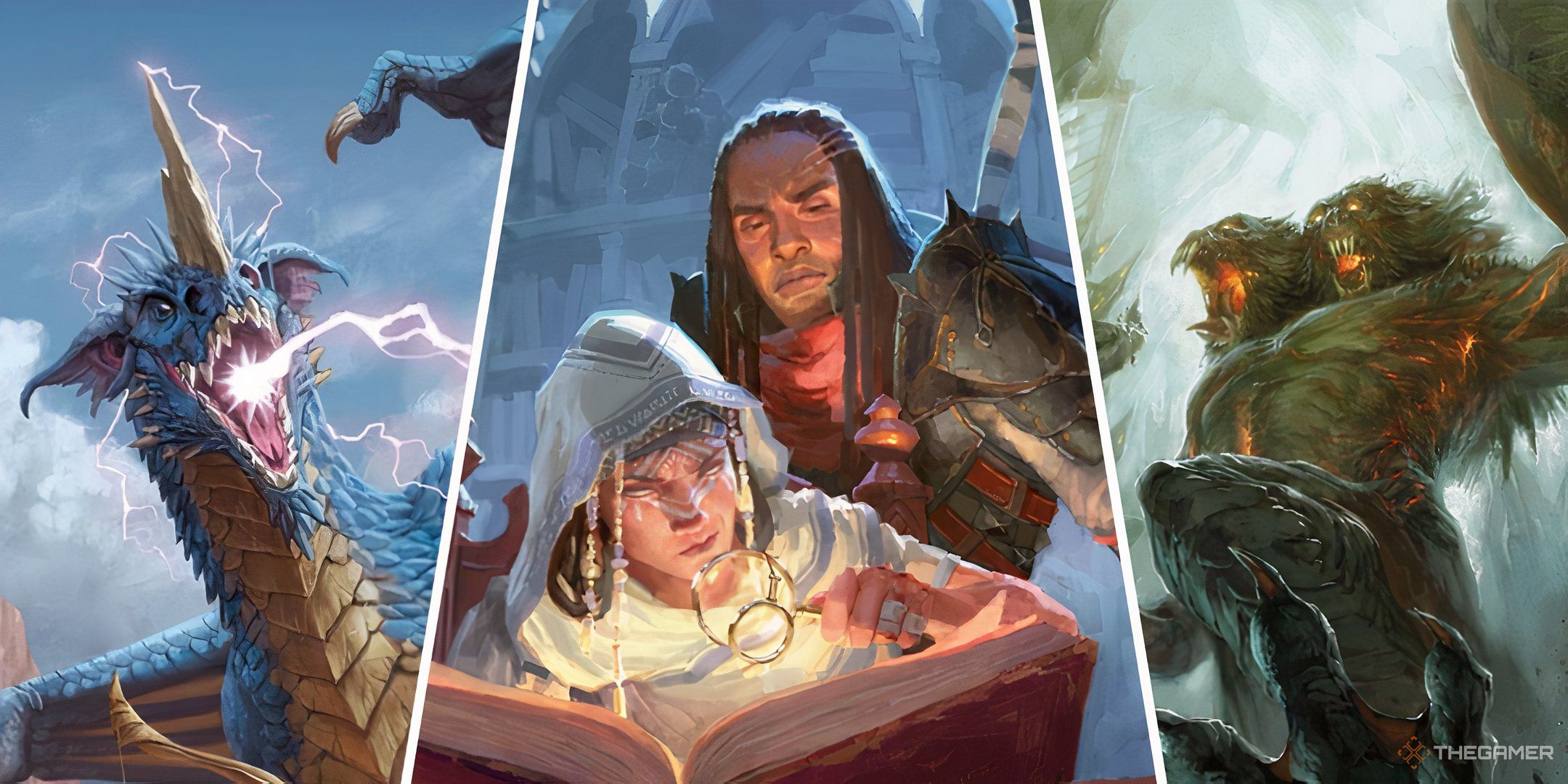
Related
Dungeons & Dragons: The 20 Best Adventures For Low-Level Parties
These adventures are perfect for low-level D&D parties.
One of the most difficult parts of setting up this world is pacing. Whether it’s a weekly game or a one-shot, an online game or in-person, pacing is a challenge that every DM must face. Thankfully, there are a few tips to keep in mind.
10
Have An End-Goal In Mind
Do They Save The Day?
This can be an easy thing if you’re running a one-shot, especially if it’s one that is a pre-written adventure. But, it’s solid advice, no matter the length of the adventure you want to run.
By having an end-goal for your characters you can work backwards and see the steps that they’ll need to take to get there. From there you can section the main events off and figure out how long you want them to spend on each one. They can be vague goals too, to allow for changes in the plot to occur.
9
Know Your Real-World Time Limits
Do You Have Work Tomorrow?
One of the easiest ways to figure out the needs of what your pacing has to do is to first find out the real world limitations of your players.
It may be hard for everyone to etch out some time to play at a table or online, so make sure you know what time constraints you and your players have. This can make it to where you aren’t rushing through important plot points or what should be a satisfying ending at the last minutes of the night.
8
Balance Combat And Exploration
A Little Of Both
One of the best things to keep in mind when it comes to pacing your game is to focus on the balance of the two main parts of D&D.: combat and exploration (exploration also including roleplaying with the NPCs they meet along the way).
The bulk of your game will be one of these two things, and each player prefers one or the other, but having a fair amount of both not only allows for a happy party, but keeps the timing of your game in check. A 50/50 mix isn’t necessary by any means, but enough combat to keep your players feeling powerful and challenged is key.
Combat is great for slowing down time, especially in tense moments. You can even go into a “combat mode” and go turn-based if you want to draw out time in specific non-combat areas.
7
Understand The Usual Plot Formulas
An Odyssey Of Sorts
There are a handful of different ways to formulate a plot. These are overarching blueprints that will give you ideas as to what to include next in the grand storyline of your campaign.
The Hero’s Journey, a simple Three-Act Structure, even a simple version of Freytag’s Triangle (also called Freytag’s Pyramid) can be incredibly helpful in figuring out what you want to happen in your game’s story. From there, you can mark down plot points and separate the entirety into acts or sessions.
One of the best ways to understand the basic versions of a plot is look to your favorite books, movies, and shows. They probably use one of the main formulas.
6
Use Varying Levels Of Description
You’re In A Room
You and the words you use are the gateway that bridges how you imagine the D&D world and how your players see it. Even when you have props and minis, your descriptors are the main way to make the fantasy world come to life.
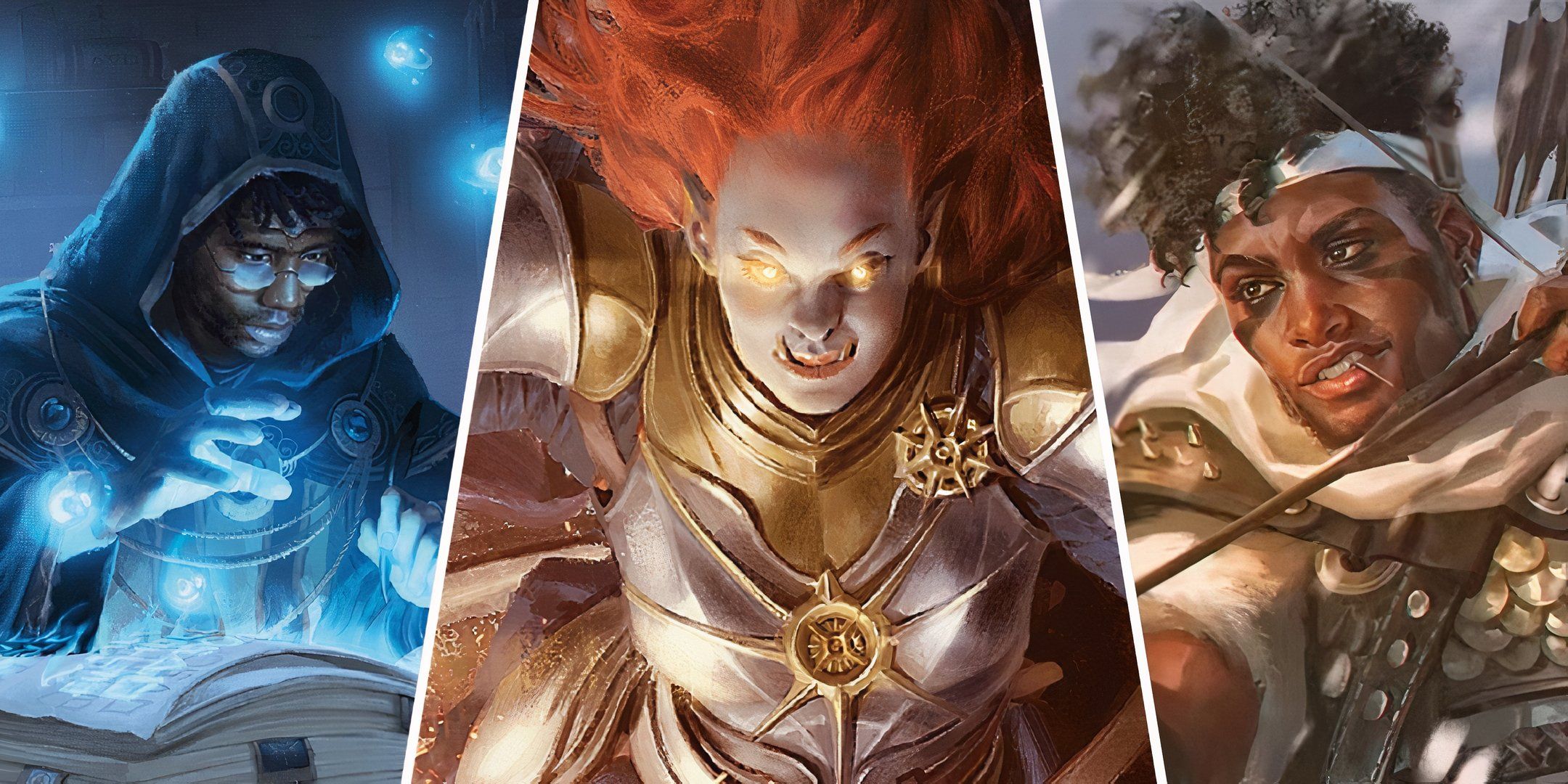
Related
Dungeons & Dragons: 8 Ways To Address Players Using Exploits
Just because it follows the game rules doesn’t mean it’s good for the game.
Knowing this, not every room your party enters needs a full 15-minute explanation. You should have levels of description that you give to places, things, and people that your characters run into. These should range from a full explanation of what’s around them all the way down to a brief comment on what they see.
One thing to remember is the more you describe something, the more opportunities a player will realize they have to interact with that person or item. So make sure to explain important things in detail if you want your players to do something specific.
5
Prepare For Hiccups
The Best Laid Plans
No matter how much you prepare, a wrench will get thrown in to your carefully crafted plot. One thing long-time DMs know is that it takes plenty of improvisation to keep a game rolling.
It helps to keep an open mind and prepare for those hiccups in the plot to happen. A puzzle that takes longer than you thought, your players getting interested in a random PC, even a combat encounter going south because of some bad rolls; all of these things can and will happen.
Allowing yourself some extra time in the session to adjust the plot on the fly and think of new ways to reorient your characters will go a long way for your adventure as a whole.
4
Slow Down For Special Moments
Paint A Picture
It can be hard in the rush of the moment to remember, but at the end of the day you are telling a story with your D&D game, and it pays off to slow down and appreciate the important moments in your game.
The loss of a character, the victory at the end of a tough fight, even a funny moment that no one expected; they’re all great times to slow down and set the scene. Describe it all in detail and allow your players to all enjoy and interact with what’s going on around them.
3
Fudge Enemy HP
Tougher Than You Thought
A controversial belief in some circles of DMs, but if you find combat to be taking too long, or going by too fast, you can always fudge how much HP your group’s enemies have.
This is much easier when you have a tanky enemy like a boss or BBEG, but even smaller enemies can have their HP boosted or lowered without your party knowing. It’s best to describe the health of your monsters in abstract terms (i.e. bloodied, healthy, beaten-up, etc.) to allow fudging of their HP to be easier.
2
Take Breaks
Snack Time
When it comes to longer sessions, it can be hard to keep everyone at a table or at their computers for hours at a time. It can be helpful, for you and your players, to schedule breaks from time to time during the session.
These allow everyone to stretch, grab snacks, and do whatever else they need to do before hopping back into the game. They can also be beneficial for you, allowing you time to think of where the characters are going and time to plan your next steps.
These breaks are great ways to add or defuse tension in your game if timed correctly.
1
Talk To Your Players
Communication Is Key
One of the best tips to consider when pacing your game is actually one of the most simple. Talking to your players is an effective way to make sure you’re keeping the timing and plot pacing of your game in-check. This can be done both before and after the game quite easily.
Not all players will agree, and that’s perfectly fine. But going off the consensus of what your party wants will make sure everyone walks away from the game, no matter how long it is, happy to have been involved.
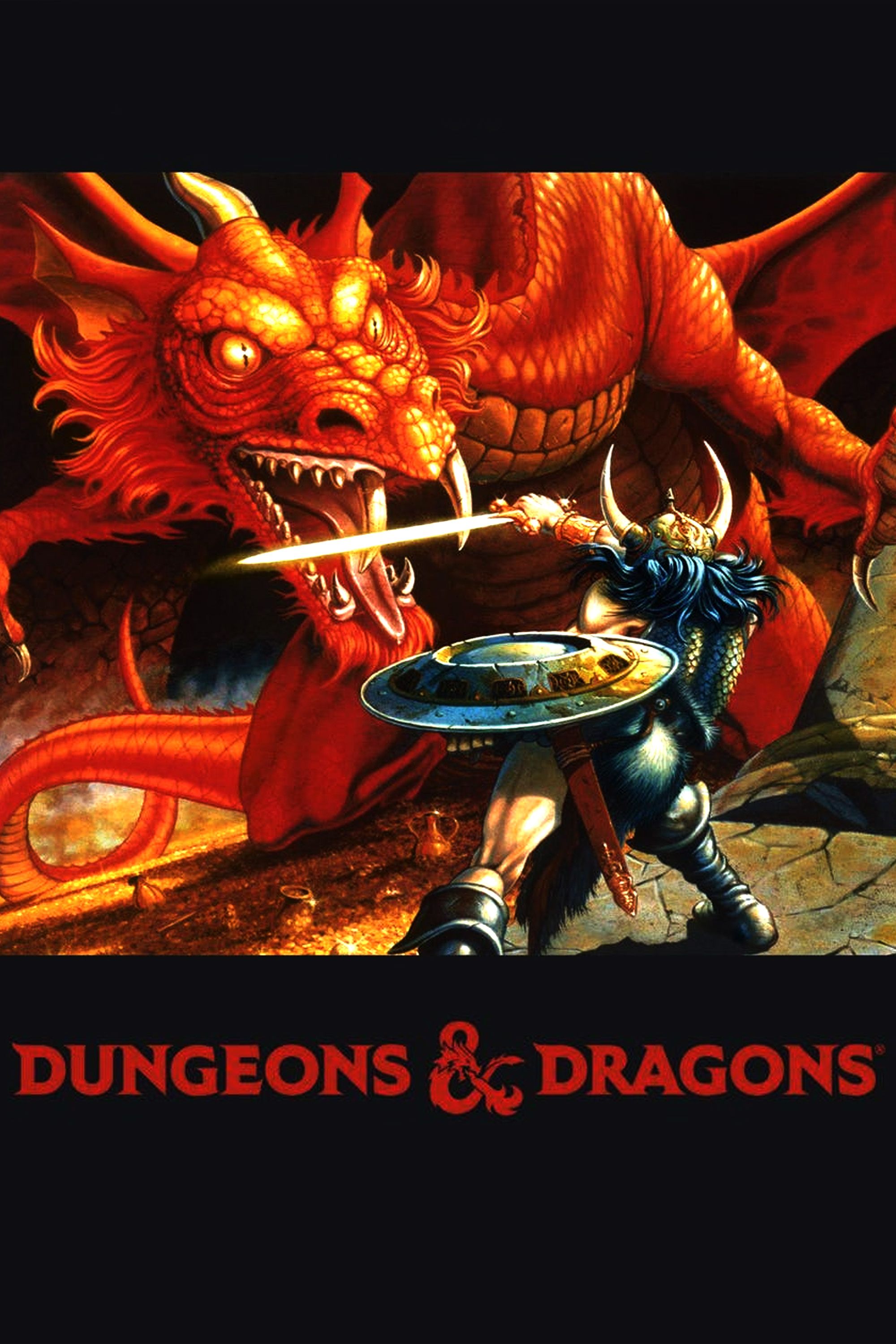
Dungeons & Dragons
- Original Release Date
-
1974
- Player Count
-
2+
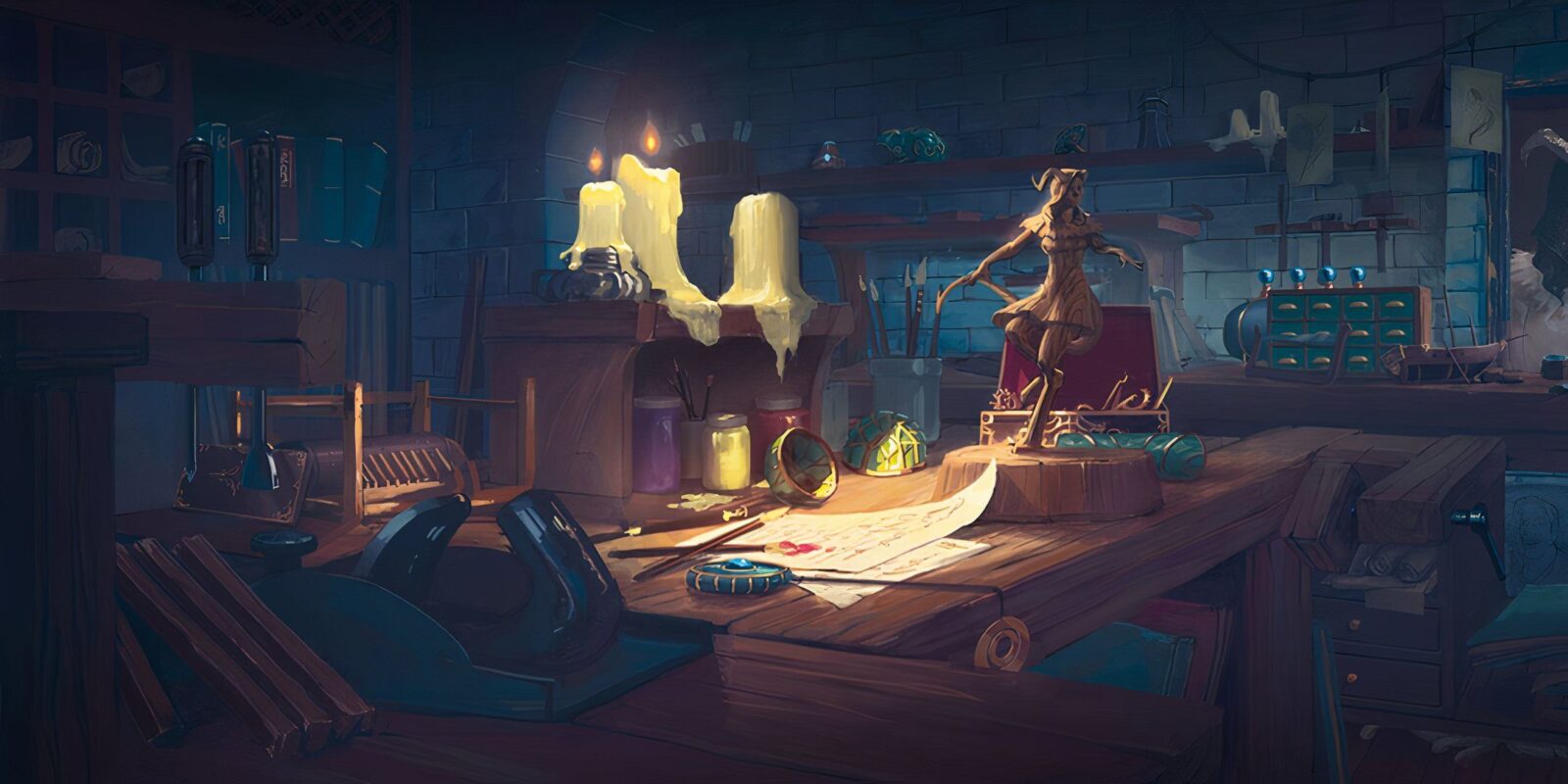
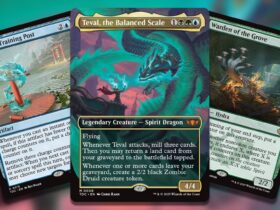
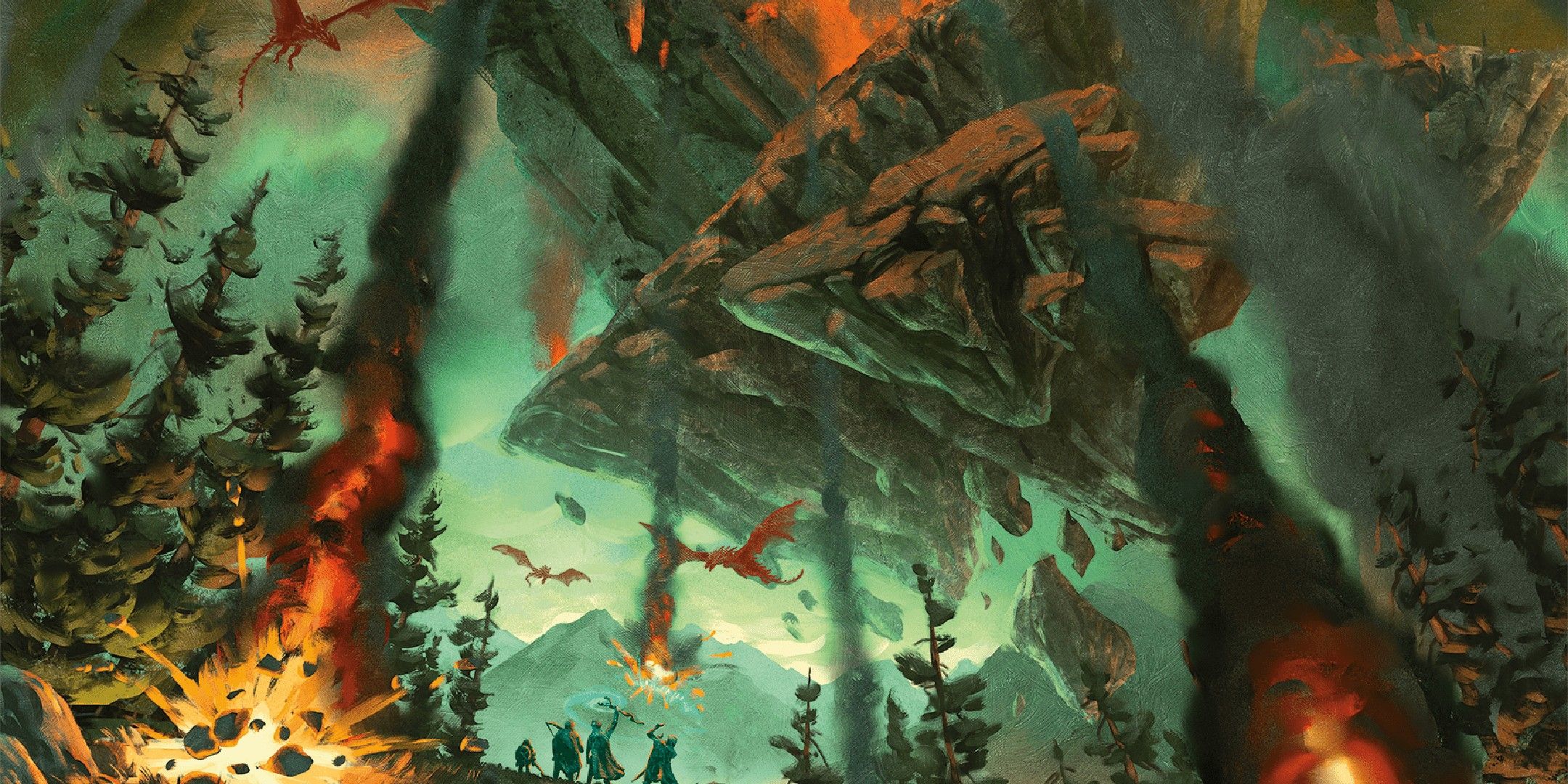
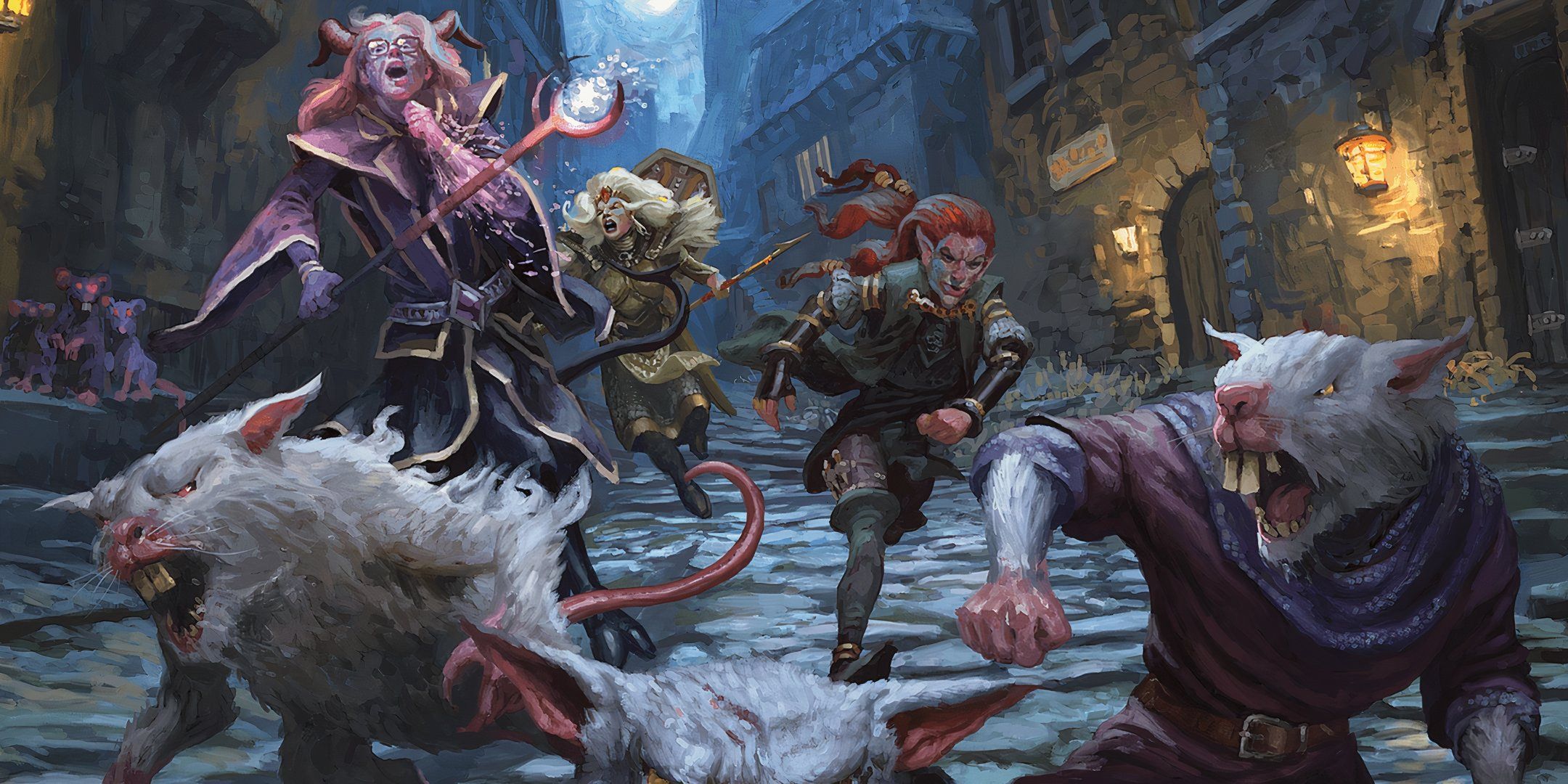
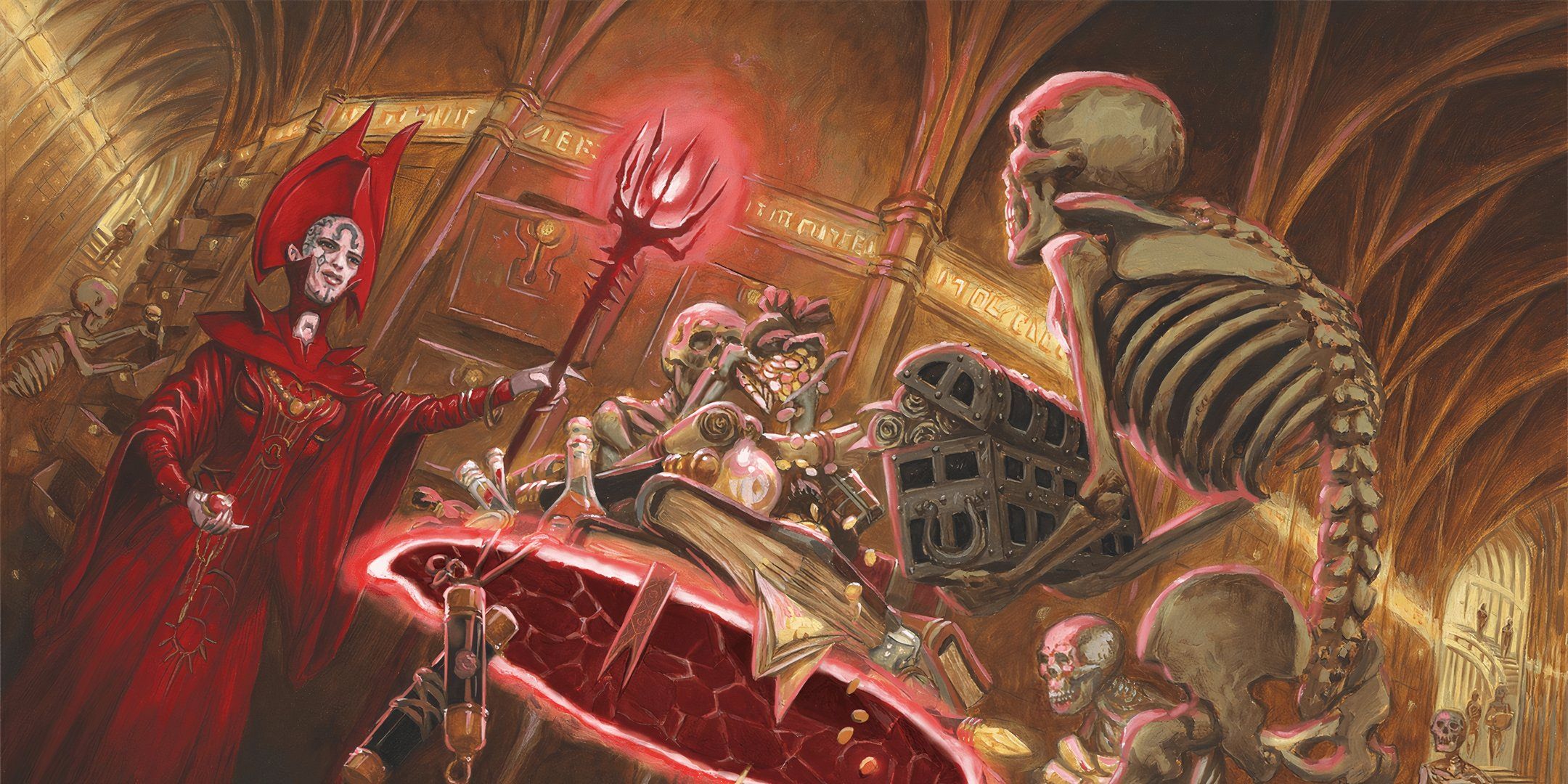
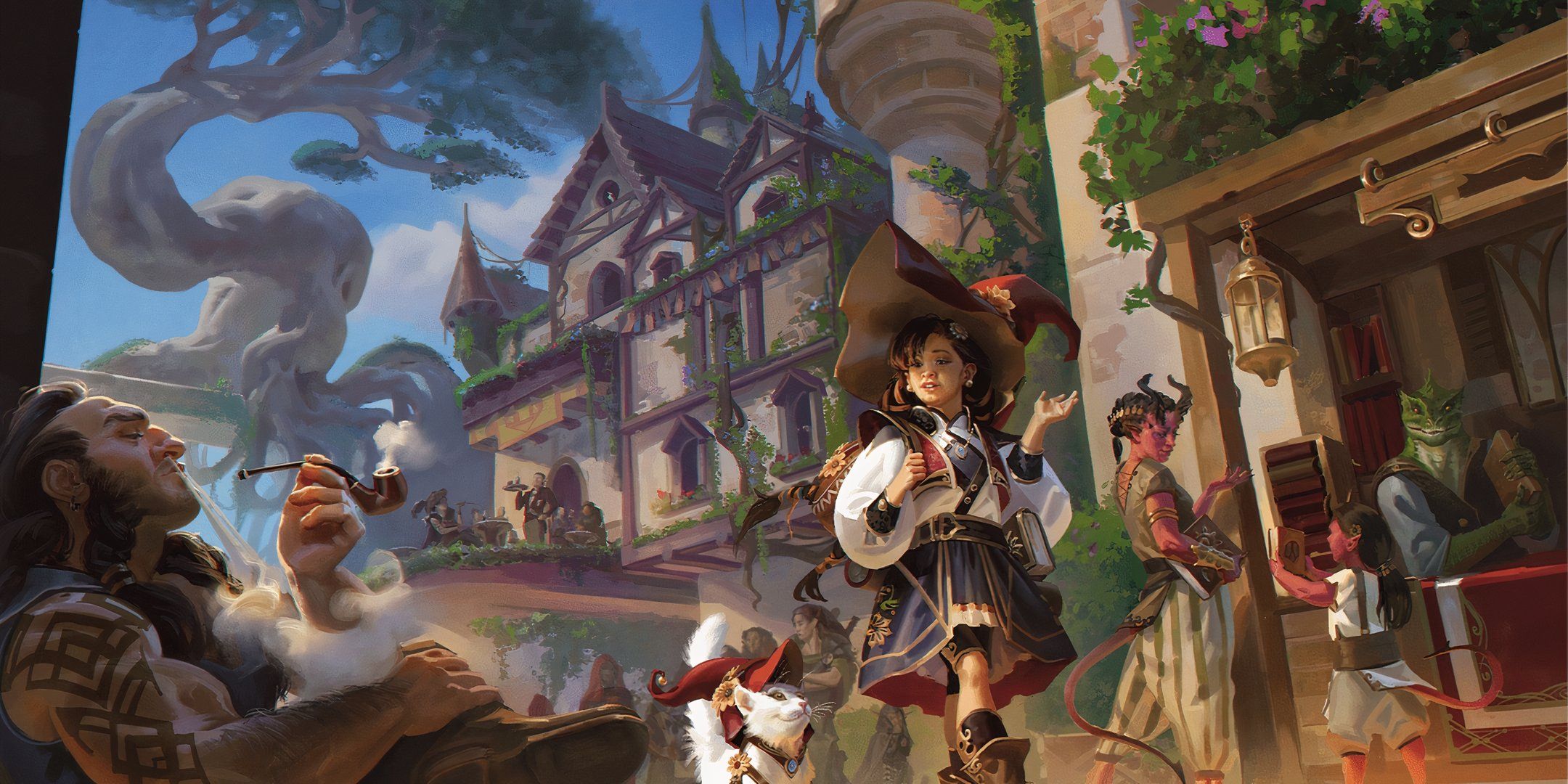
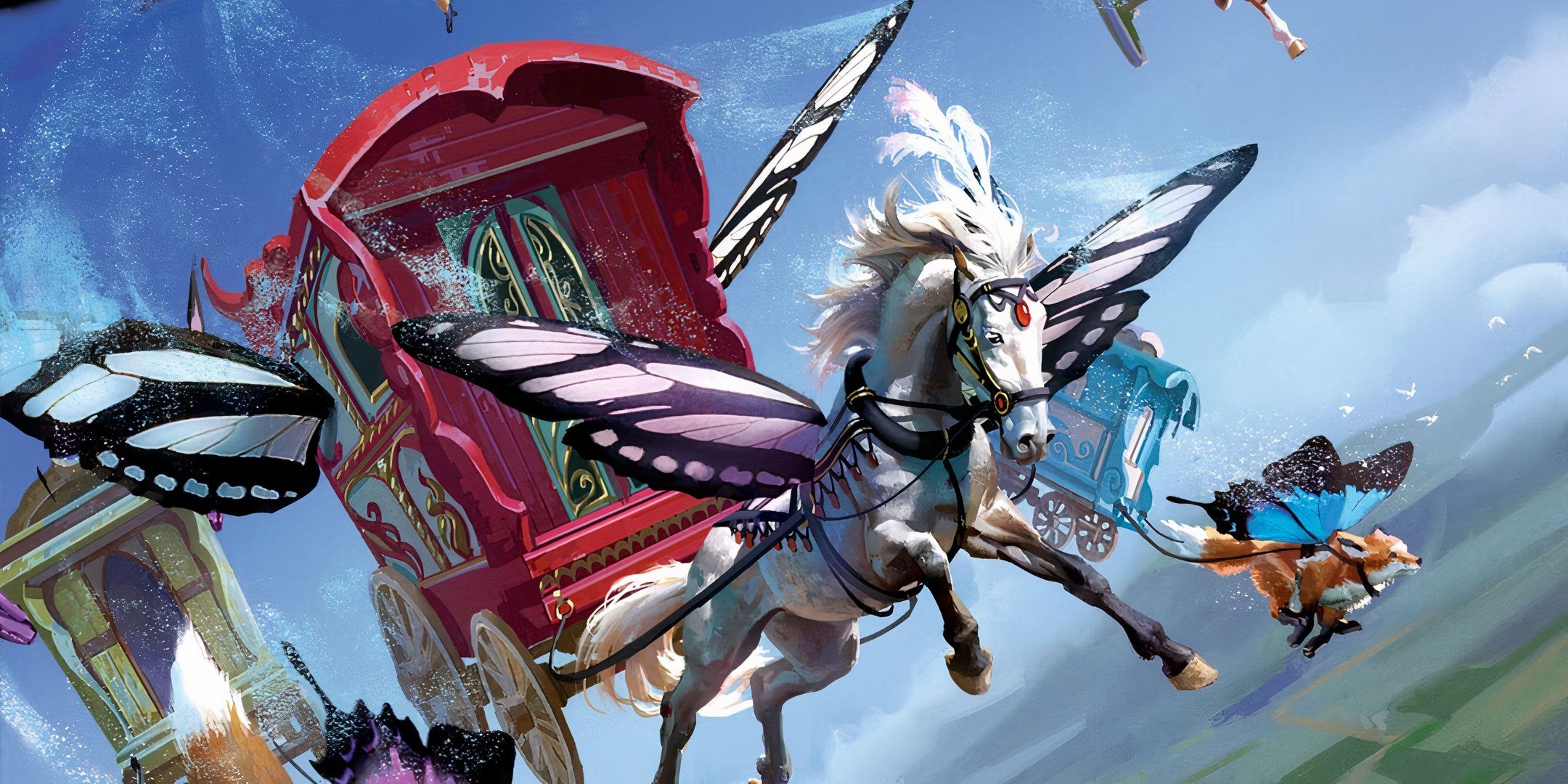
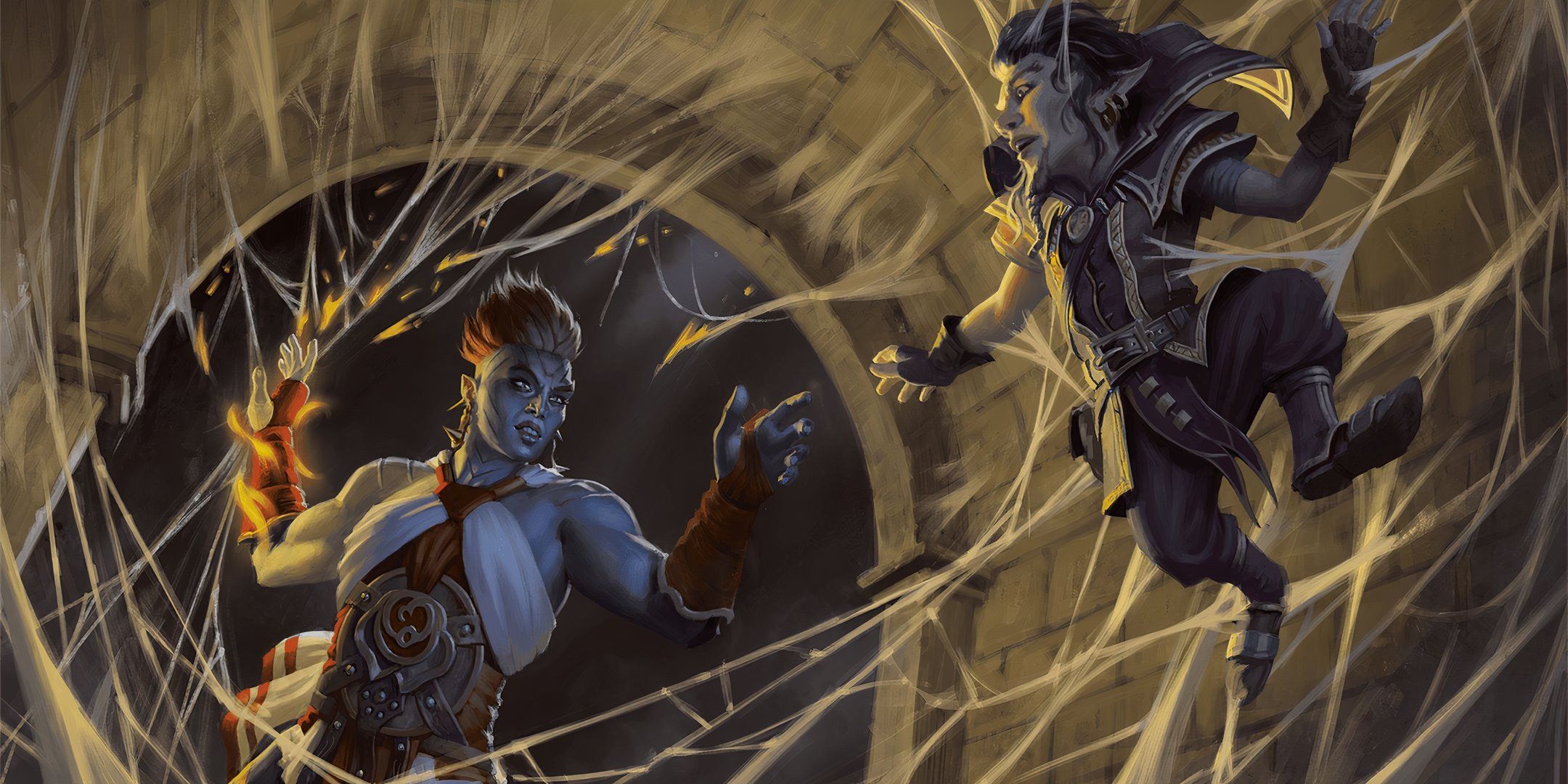
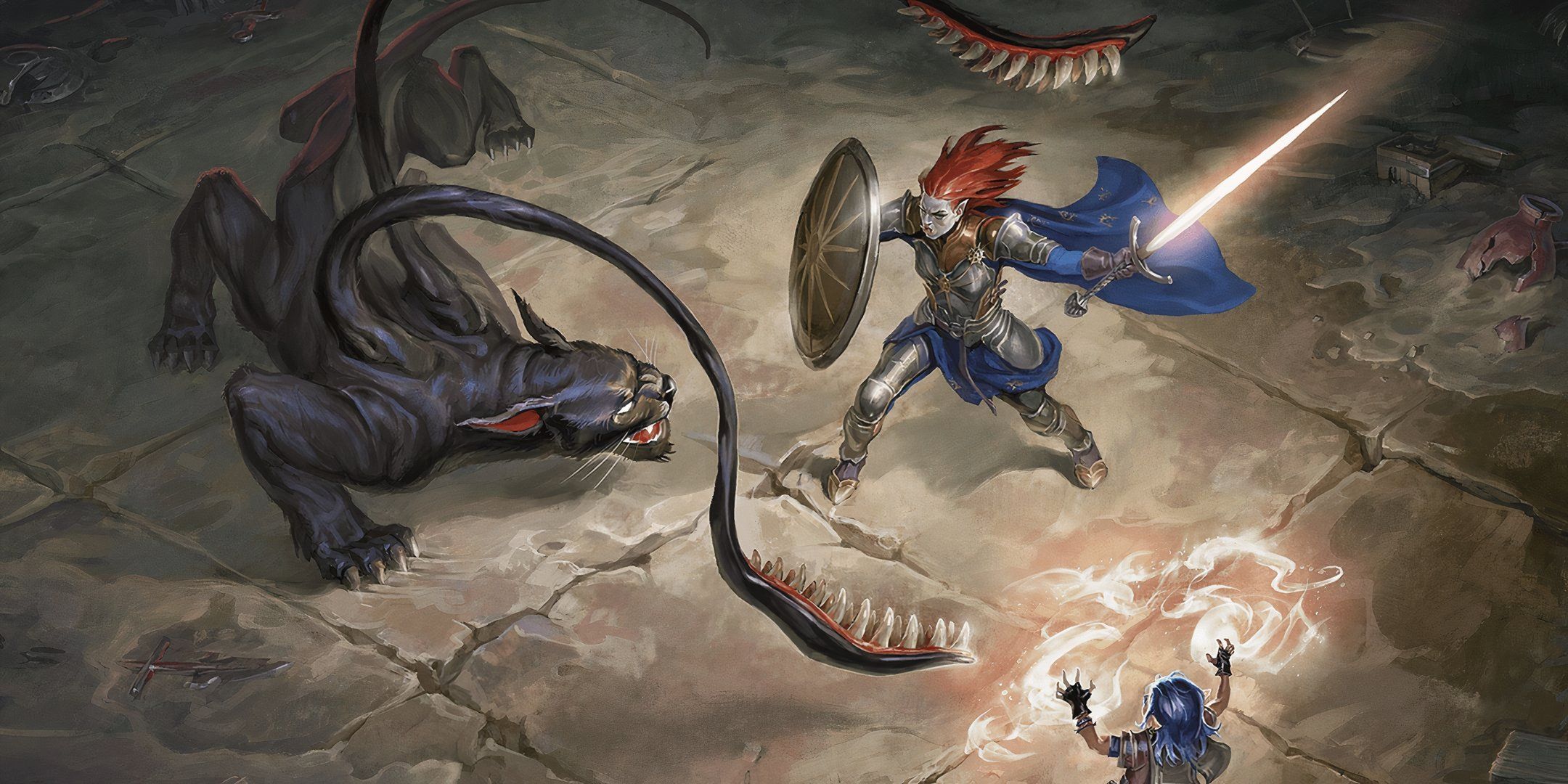
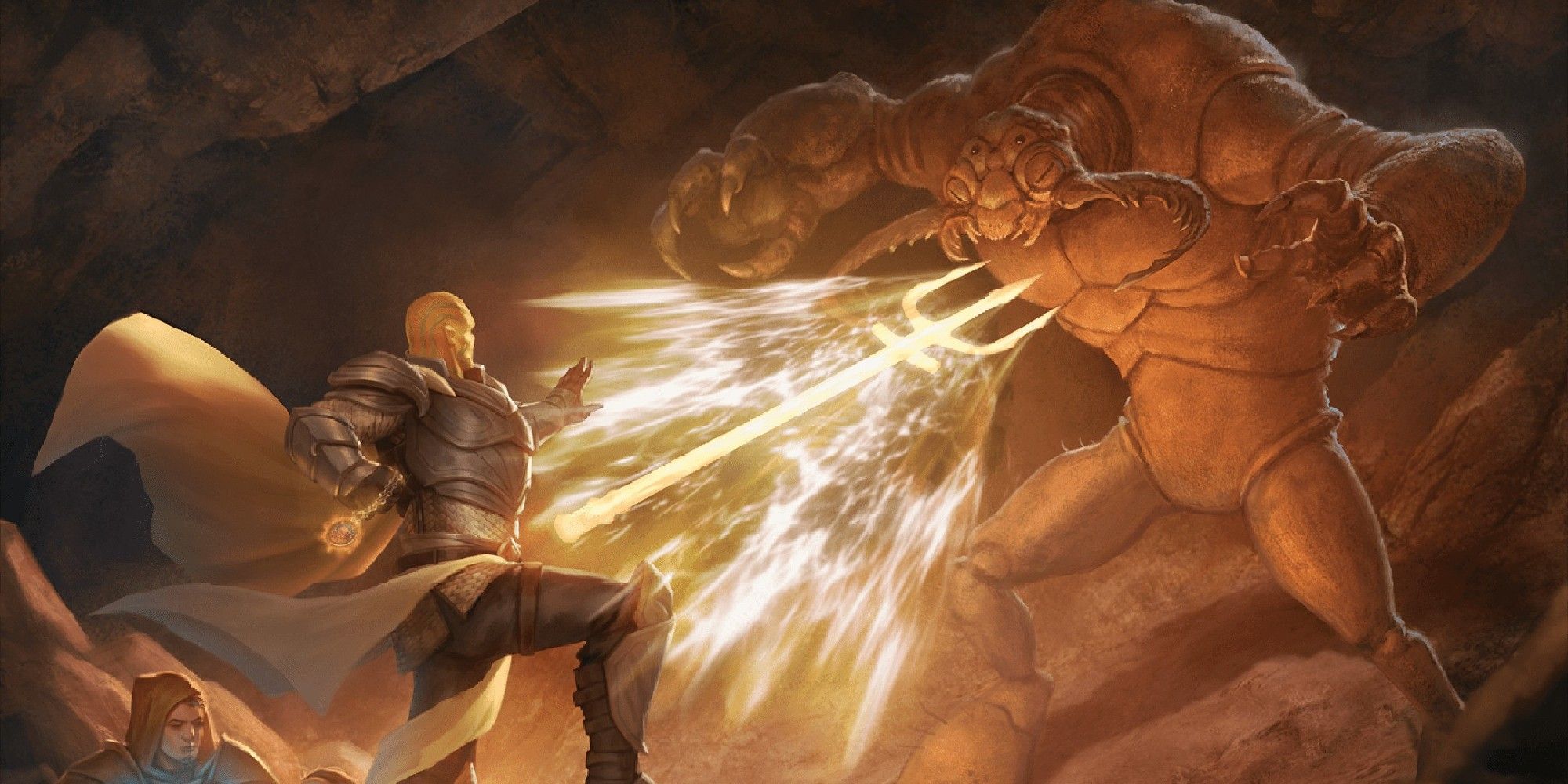
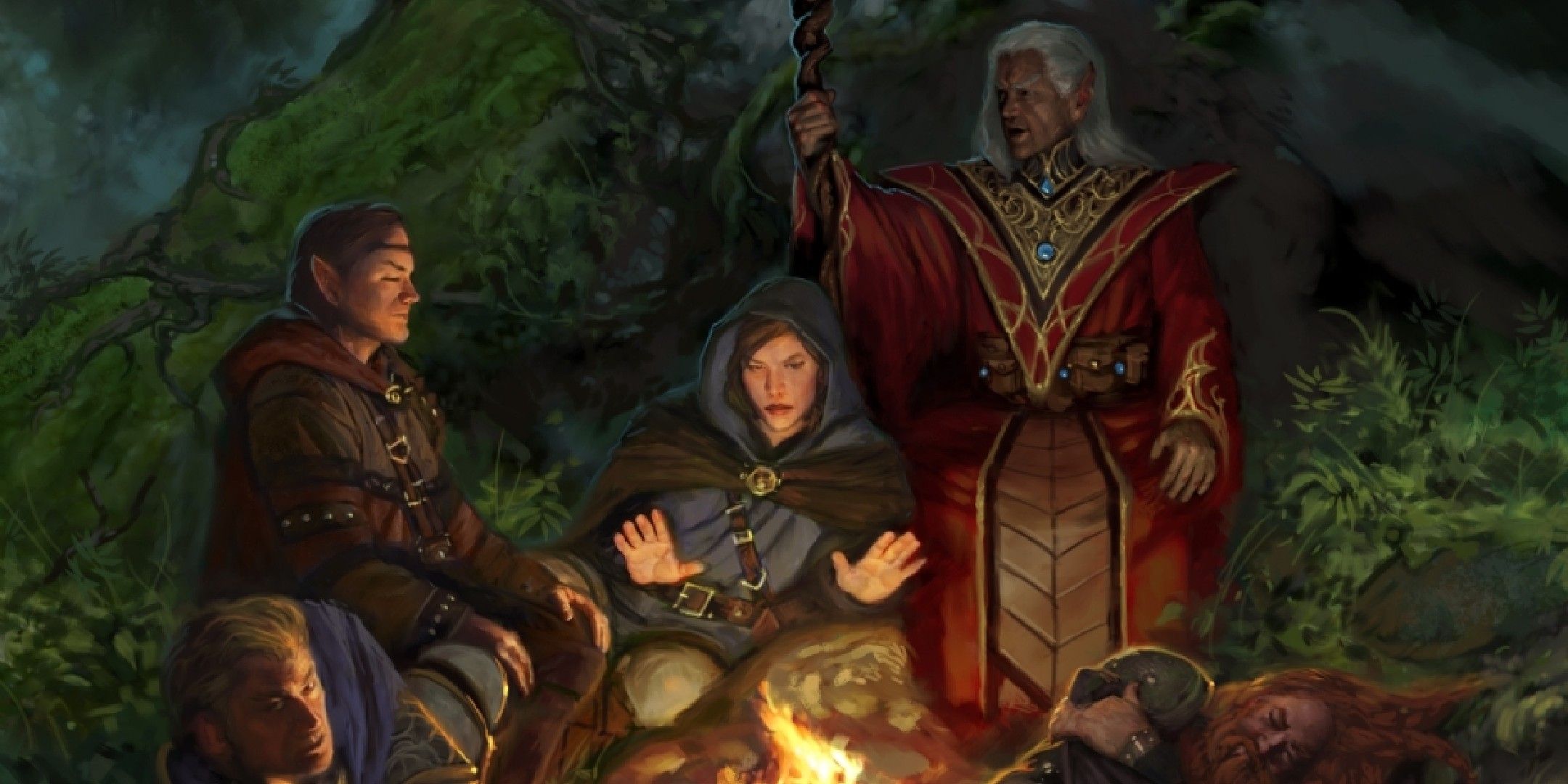
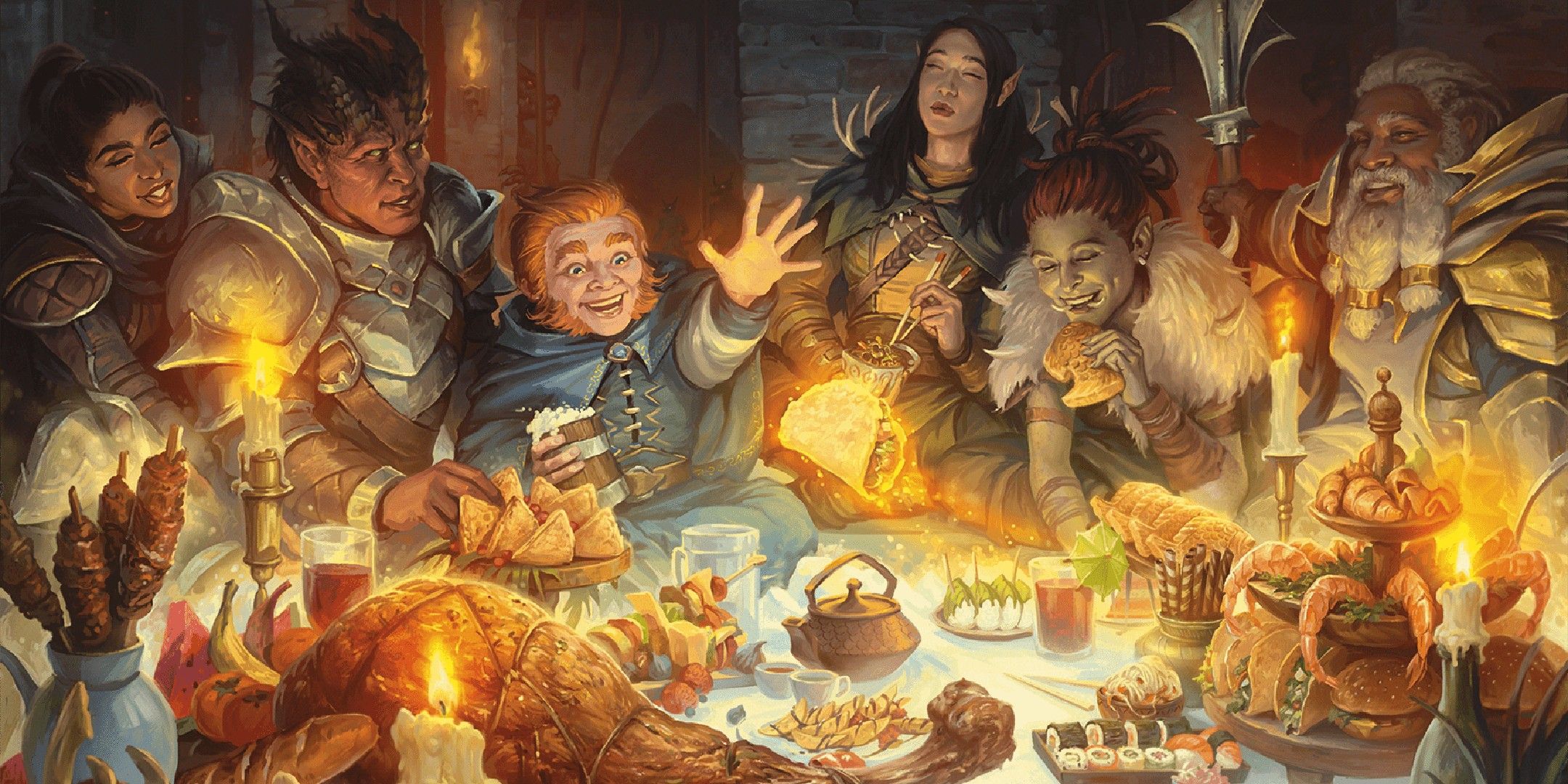

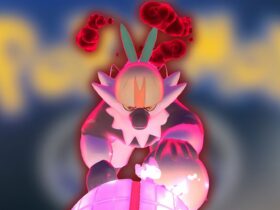
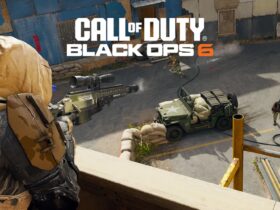


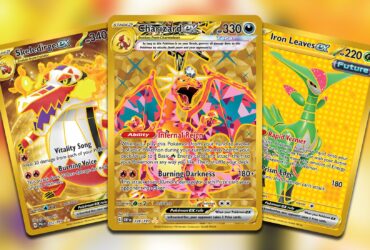
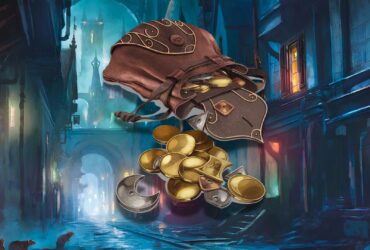
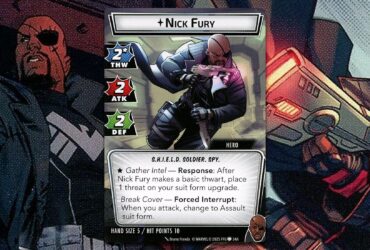
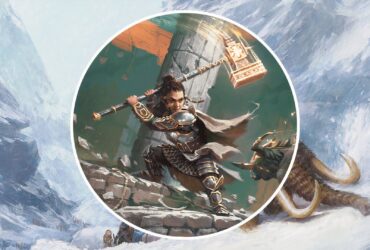
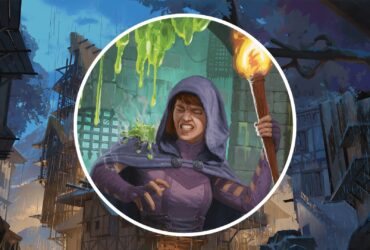
Leave a Reply